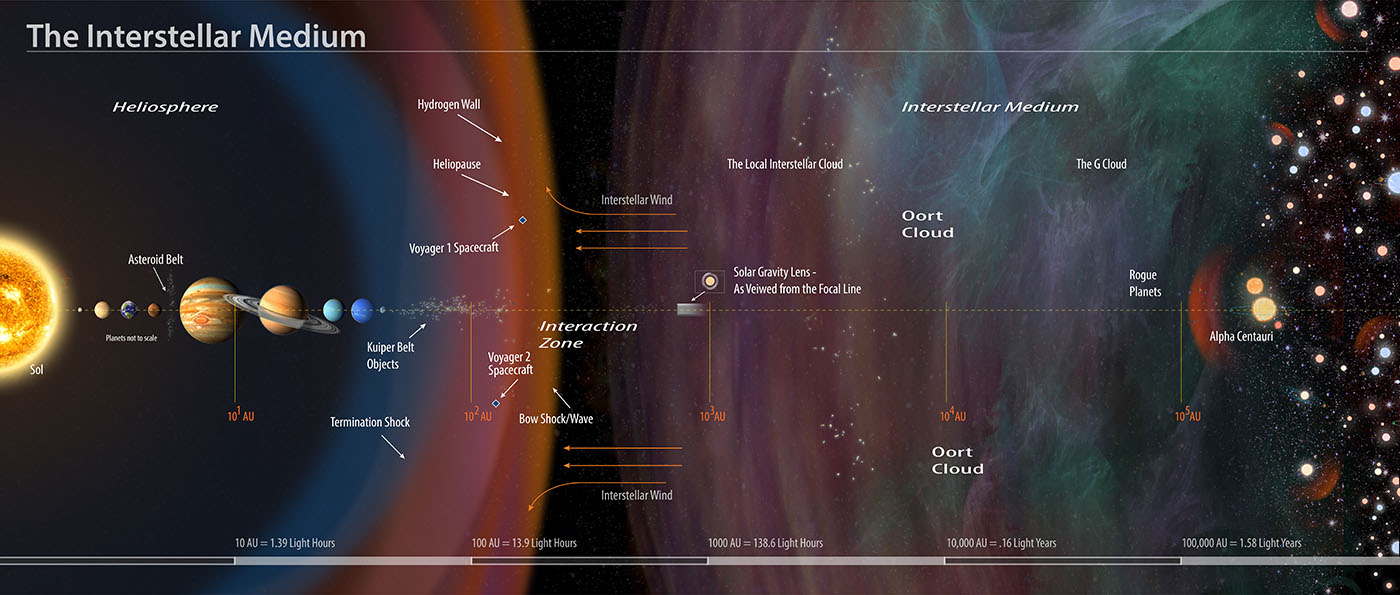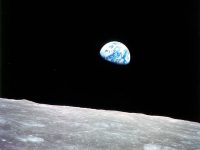An annotated illustration of the interstellar medium. The solar gravity lens marks the point where a conceptual spacecraft in interstellar space could use our sun as a gigantic lens, allowing zoomed-in close-ups of planets orbiting other stars. (Charles Carter/Keck Institute for Space Studies)
Home An annotated illustration of the interstellar medium. The solar gravity lens marks the point where a conceptual spacecraft in interstellar space could use our sun as a gigantic lens, allowing zoomed-in close-ups of planets orbiting other stars. (Charles Carter/Keck Institute for Space Studies) An annotated illustration of the interstellar medium. The solar gravity lens marks the point where a conceptual spacecraft in interstellar space could use our sun as a gigantic lens, allowing zoomed-in close-ups of planets orbiting other stars. (Charles Carter/Keck Institute for Space Studies)




